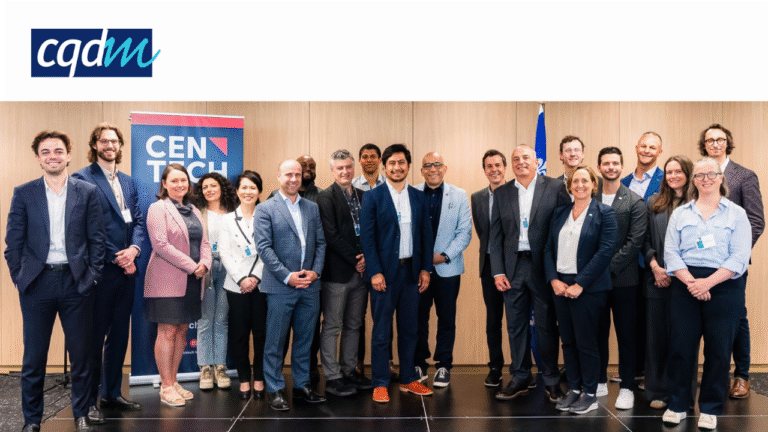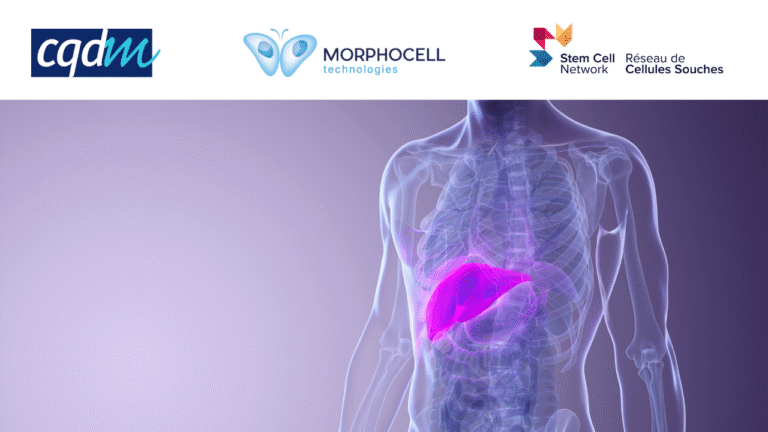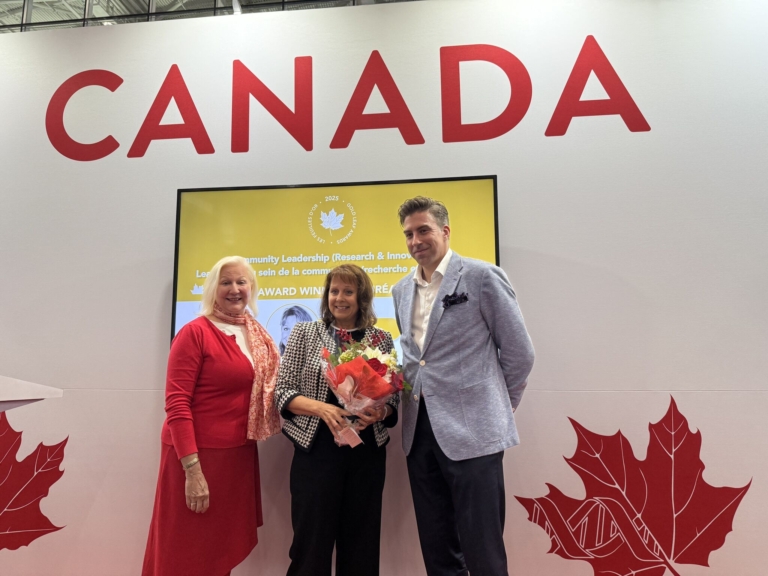Challenge: Of the top 10 most fatal illnesses in the world, Alzheimer’s disease is the only one for which there is currently no disease-modifying therapy available. Abnormal clusters of toxic amyloid protein fragments build up between nerve cells in the brain leading to impaired memory. The current therapies in development are biologics, antibodies and peptides that neutralize toxic amyloid. However, delivering sufficient quantities of a safe and effective amyloid-targeting biologic across the blood-brain barrier in humans has not yet been possible
Solution : The team is developing an Alzheimer’s disease therapy based on a naturally-occurring agent that specifically binds toxic amyloid-beta. This agent is linked to a blood-brain-barrier carrier molecule to insure its delivery into the brain. The team has shown that this new fusion molecule is successfully delivered into the brain in Alzheimer’s disease animal models. Moreover, upon binding to the toxic amyloid, it decreased its accumulation in the brain. Based on these exciting results, the researchers are pursuing additional studies in animal models and are planning to start a clinical trial on Alzheimer’s disease patients.
Achievements/Impact: The team has established a stable cell line producing (GLP) a humanized recombinant fusion protein (KAL-ABP-BBB(H), an engineered molecule able to cross the blood-brain barrier and deliver its therapeutic cargo into the brain) and demonstrated the absence of toxicity in animal models. The team also developed digital pathology algorithms for quantifying amyloid-beta present in the brain in animal models. GMP production of the recombinant molecule is now underway, which will lead to a Phase I clinical trial. The results generated during this project allowed Kalgene Pharmaceuticals to raise $7.5 M in private equity to support the preclinical and anticipated clinical studies.
| Principal Investigator: Nathan Yoganathan Kalgene Pharmaceuticals |
| Co-Investigators : Louis Collins, Jean-Paul Soucy McGill University Danica Stanimirovic, Balu Chakravarthy National Research Council of Canada Pedro Rosa-Neto Douglas Hospital Research Centre Michael Waterston Centre for Imaging Technology Commercialization |
| Terminated Project |
| $ 1,160,158 / 2.5 years |
| Supported by CQDM through: – Merck – Pfizer – MESI – BL-NCE |
| And by co-founding partner: – Brain Canada Foundation – Ontario Brain Institute |




